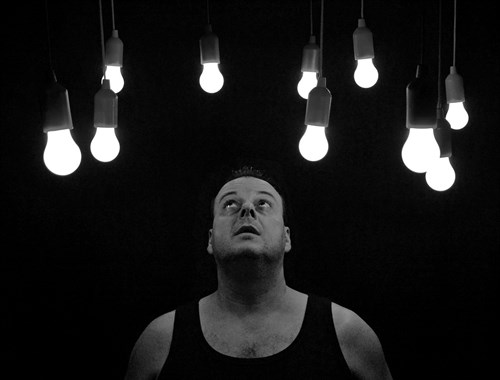
There’s a simple way you could be saving money in 2017.
Now’s the time to look at switching your traditional incandescent lightbulbs for LED bulbs because you could make substantial annual savings on your energy bill.
Energy experts estimate that if you swap out 10 100-watt non-LED bulbs for 15-watt LEDs, leaving them on constantly for 10 hours a day, seven days a week, you could save more than £300 a year, even factoring in the cost of buying the new bulbs.
Over five years, that’s a potential saving of more than £1,500.
That would also save more than 1,600 kilos of CO2 going into the atmosphere in a year, reducing your carbon footprint.
If those bulbs were on constantly for four hours a day, seven days a week, that could still be a net saving of more than £120 a year and more than £600 over five years.
How much you can reduce your bill depends on your deal and the tariff your energy company charges, but for both householders and businesses installing LEDs could prove to be a substantial long-term saving.
How do LEDs work?
LEDs are light emitting diodes.
They’re used in may electronic products like alarm clocks, watches, traffic lights, and television screens.
They come in the smallest sizes making tiny points of light in TV screens to the size of lightbulbs.
The light they produce comes from the movement of electrons in a semiconductor material – something which conducts electricity like aluminum-gallium-arsenide.
Electrons move across ‘holes’ in the material, attracted from areas with extra negatively-charged particles towards areas with extra positively-charged materials.
This movement generates light as energy is released.
Unlike an incandescent lightbulb, there is no filament which burns out, so LEDs last thousands more hours than incandescent bulbs and far less heat is generated.
Why are LED lightbulbs cheaper to run than incandescent bulbs?
The heat generated by incandescent lightbulbs is wasted energy.
In LEDs, a much higher percentage of the power is being used to generate light. So I takes less power to run them.
The effectiveness of how bulbs light a room is measured in lumens. Traditional incandescent bulbs produce 17 lumens per watt. LEDs produce 77 lumens per watt.
Why are they popular now?
In the past, the cost of producing LEDs made lightbulbs using them too expensive for widespread use.
Since 2000, however, the price of the materials used as semiconductors in LEDs has dropped markedly, so they have become much cheaper to produce and buy.
Even though they are more expensive than incandescent bulbs, the fact they last far longer means they are a good long-term investment. They have a lifespan of 50,000 hours or more. That’s 25 times the lifespan of a halogen bulb.
Looking for an electrician in Cardiff or South Wales to give you expert advice or a no-obligation quote? Check out what we can do for businesses /commercial-services/ and domestic customers /domestic-services/ or call us on 0845 003 6856.